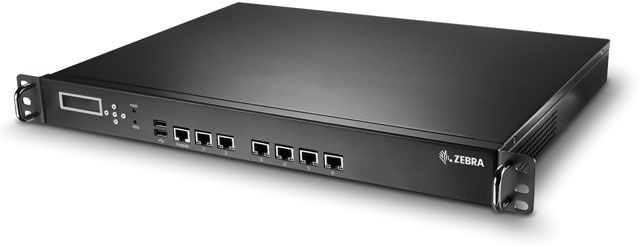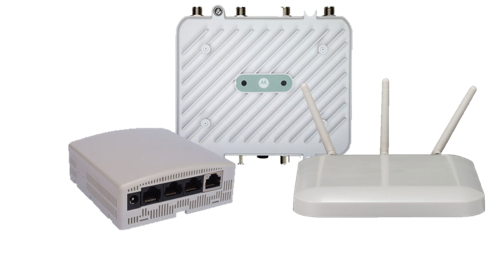Zebra Launches WiNG 5.8
 Zebra has announced the launch of the WiNG 5.8 software release. WiNG 5.8 is a major software release for the WLAN portfolio of products delivering a variety of new features and capabilities including: Zebra NSight –a new network visualization engine with rich analytics that makes it easier than ever to manage and troubleshoot your WLAN; Application Visibility and Control (AVC) to give you complete control over the applications that are running on your WLAN and fine-tune/rate-limit based on the business need; a full-featured Guest access solution with self-registration, support for social media login credentials for guest access and large data-store for guest user profile; Mobile extension enhancements for better wireless experience for Zebra mobile devices; Centralized EX-3500 switch management through NX.
Zebra has announced the launch of the WiNG 5.8 software release. WiNG 5.8 is a major software release for the WLAN portfolio of products delivering a variety of new features and capabilities including: Zebra NSight –a new network visualization engine with rich analytics that makes it easier than ever to manage and troubleshoot your WLAN; Application Visibility and Control (AVC) to give you complete control over the applications that are running on your WLAN and fine-tune/rate-limit based on the business need; a full-featured Guest access solution with self-registration, support for social media login credentials for guest access and large data-store for guest user profile; Mobile extension enhancements for better wireless experience for Zebra mobile devices; Centralized EX-3500 switch management through NX.
In addition, 5.8 release supports following new hardware platforms
Zebra’s WiNG Smart RF Wireless Networking
 WiNG (Wireless Infrastructure Next Generation) is at the heart of every Zebra wireless LAN and distributes intelligence to every access point and controller– so every Access Point (AP) can act as the virtual controller if necessary. SMART RF (Self Monitoring At Run Time) is built into the WiNG architecture found in all of Zebra’s access points and controllers making it easy to find the right hardware to meet your needs.
WiNG (Wireless Infrastructure Next Generation) is at the heart of every Zebra wireless LAN and distributes intelligence to every access point and controller– so every Access Point (AP) can act as the virtual controller if necessary. SMART RF (Self Monitoring At Run Time) is built into the WiNG architecture found in all of Zebra’s access points and controllers making it easy to find the right hardware to meet your needs.
By automating many routine network tasks, it saves businesses time and resources – there’s no need for dedicated IT staff to manage the network. It’s like having an in-built RF engineer – the network tests and calibrates itself, reports problems and fixes faults before anyone is aware of them.
Organizations both large and small are increasingly dependent on mobile workers. In turn, those mobile workers rely on wireless networks. Problem is, planning and deploying wireless networks is difficult and time-consuming. And as new users and applications are added, managing and operating a wireless network becomes increasingly difficult.




